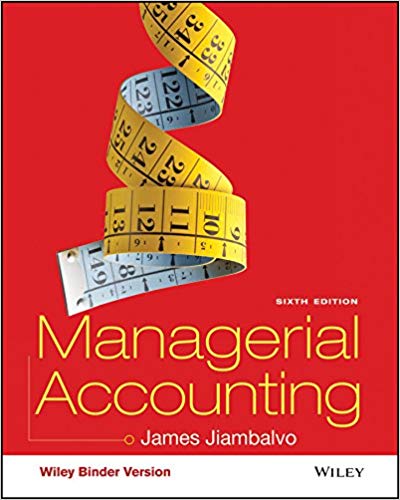We are growing too fast, said Mason. I know I shouldn't complain, but we better have the
Question:
After considerable help from local retailers and a sponsorship by major bread company their firm, Oats 'R' Us, was established in 1998 and reached sales of over $4 million by 2004. Given the current trend of eating healthy snacks and keeping fit, Mason was confident that sales would increase significantly over the next few years. The industry growth forecast had been estimated at 30% per year and Mason was confident that his firm would be able to at least achieve if not beat that rate of sales growth.
"We must plan for the future," said Vicky. "I think we've been playing it by ear for too long." Mason immediately called the treasurer, Jim Moroney. "Jim, I need to know how much additional funding we are going to need for the next year," said Mason. "The growth rate of revenues should be between 25% and 40%. I would really appreciate if you can have the forecast on my desk by early next week."
Jim knew that his fishing plans for the weekend had better be put aside since it was going to be a long and busy weekend for him. He immediately asked the accounting department to give him the last three years' financial statements (see Tables 1 and 2) and got right to work!
Table 1 Oats 'R' Us Income Statement For the Year Ended Dec. 31st 2004
-1.png)
Table 2 Oats 'R' Us Balance Sheet For the Year Ended Dec. 31st 2004
-2.png)
1. Since this is the first time Jim and Mason will be conducting a financial forecast for Oats 'R' Us, how do you think they should proceed? Which approaches or models can they use? What are the assumptions necessary for utilizing each model?
2. If Oats 'R' Us is operating its fixed assets at full capacity, what growth rate can it support without the need for any additional external financing?
Financial statements are the standardized formats to present the financial information related to a business or an organization for its users. Financial statements contain the historical information as well as current period’s financial... Balance Sheet
Balance sheet is a statement of the financial position of a business that list all the assets, liabilities, and owner’s equity and shareholder’s equity at a particular point of time. A balance sheet is also called as a “statement of financial...
Fantastic news! We've Found the answer you've been seeking!
Step by Step Answer:
Related Book For 

Question Posted:





